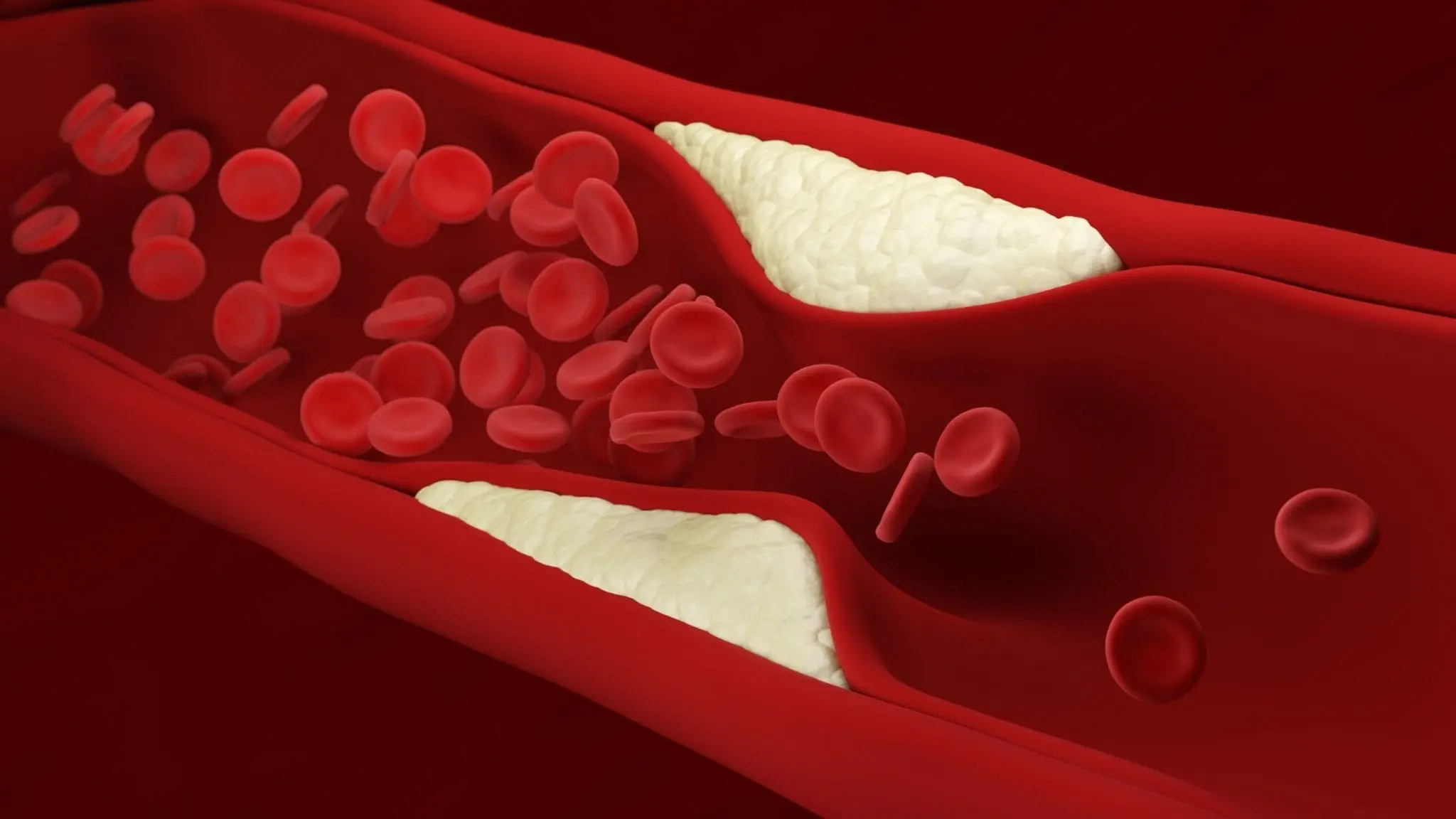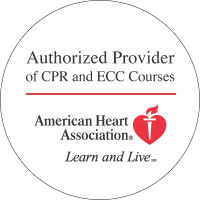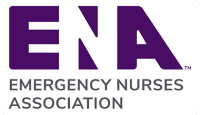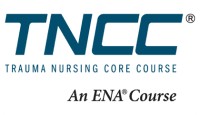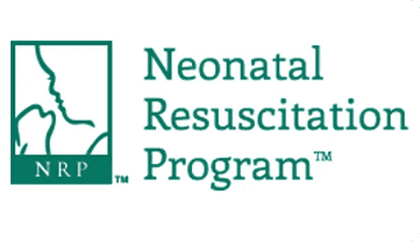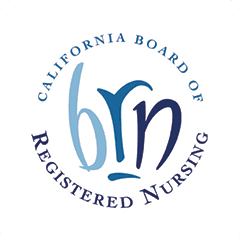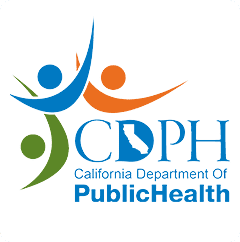The human heart has a unique electrical system that signals different parts of the heart muscle to move. When there is a disruption in the electrical pathways, your patient may develop chest pain, decreased perfusion and life-threatening pumping interruptions. One of the most concerning and oft-confused issues is heart block.
Heart block refers to any delay in or interruption of the electrical impulses from the top to the bottom of the heart. There are three main types of heart block recognized today, which gradually become increasingly dangerous the further down the list you go.
First-Degree Heart Block
This is the least dangerous type of heart block and refers to a slight slowing of impulses traveling from the atria to the ventricles. Usually no treatment is needed for this concern although care providers should ensure that the condition does not transform into a more concerning situation.
Second-Degree Heart Block
There are two types of second-degree heart block, often called Mobitz Type I and Mobitz Type II. With Type I, the delay between the atria and ventricles delays longer and longer until an entire beat is dropped from the ventricles. Although patients may feel a bit dizzy, this is usually not seen as problematic and could occur naturally during sleep.
With Type II, some impulses fail to reach the ventricles altogether, and more beats are dropped than are seen with Type I. Usually treatment is necessary to avoid third-degree heart block.
Third-Degree Heart Block
Third-degree heart block is sometimes referred to as complete heart block and is the most concerning type. In this rhythm, no signals reach the ventricles and the only impulses in the ventricles are known as ventricular escape beats. Patients are usually quite symptomatic and often require pacemakers.
Bundle Branch Block
Although this issue is not included in the three main types of heart block already discussed, it refers to a general slowing of electrical impulses through the thin electrical strands that feed the two ventricles, which do a majority of the pumping for the body.
Even for the most skilled and experienced health care providers, some heart blocks can be difficult to see. After precise measurements, you may still be unsure as to which heart block your patient is dealing with or whether you should be concerned for his continued health. This is why an electrocardiogram interpretation class can be an ideal option for you as you look for ways to advance your career and gain continuing education hours.
With Project Heartbeat’s Advanced 12-Lead EKG Interpretation Certification, you will not only learn about the three main types of heart blocks, but also you will learn about the physical and electrical components of the heart, discover how to recognize different types of myocardial infarctions and memorize which drugs work best for different EKG issues. In addition, you will get plenty of practice in reading and interpreting actual EKG strips.
The best success in EKG interpretation typically comes following plenty of practice. The more patients you care for and the more EKGs you read, the more confident you will become in your ability to decipher your own patient’s heart rhythm quickly and accurately. Consider Project Heartbeat’s classes in Oakland as well as Sacramento as you look for ways to advance your own health care practice.

